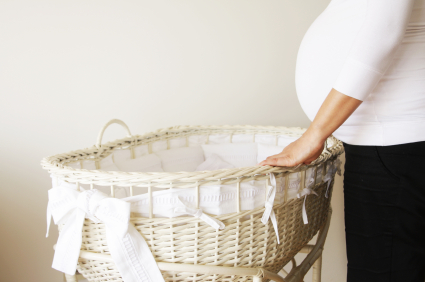
Potentially Toxic Flame Retardants Detected in Baby Products
Scientists are reporting detection of potentially toxic flame retardants in car seats, bassinet mattresses, nursing pillows, high chairs, strollers, and other products that contain polyurethane foam and are designed for newborns, infants, and toddlers.

In a study in ACS' journal Environmental Science & Technology, they describe hints that one flame retardant, banned years ago in some areas, actually remains in use. "To the authors knowledge, this is the first study to report on flame retardants in baby products," the report states.
Heather M. Stapleton and colleagues point out that health concerns led to a phase-out in use of penta brominated diphenyl ethers (pentaBDE), once the most popular flame retardant, prior to 2004. Flame retardants are added during manufacturing to reduce the risk of polyurethane foam catching fire and to slow down burning if it does. Seeking to meet government flammability standards, manufacturers then turned to other flame retardants, which in many cases, have less health data available. The situation left gaps in knowledge about exactly which flame retardants were being used in polyurethane foam products, and at what concentrations. Stapleton's group set out to fill those gaps.
They detected potentially toxic flame retardants in 80 percent of the polyurethane foam samples collected from 101 common baby products. Among them were compounds associated with pentaBDE, suggesting that the substance -- banned in 172 countries and 12 U.S. states -- still remains in use, as well as two potential carcinogens, TCEP, and TDCPP. "Future studies are therefore warranted to specifically measure infants exposure to these flame retardants from intimate contact with these products, and to determine if there are any associated health concerns," the report states.